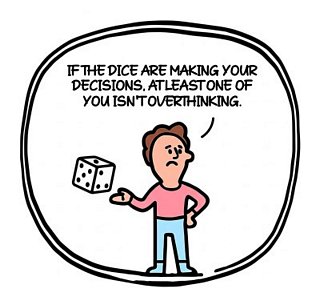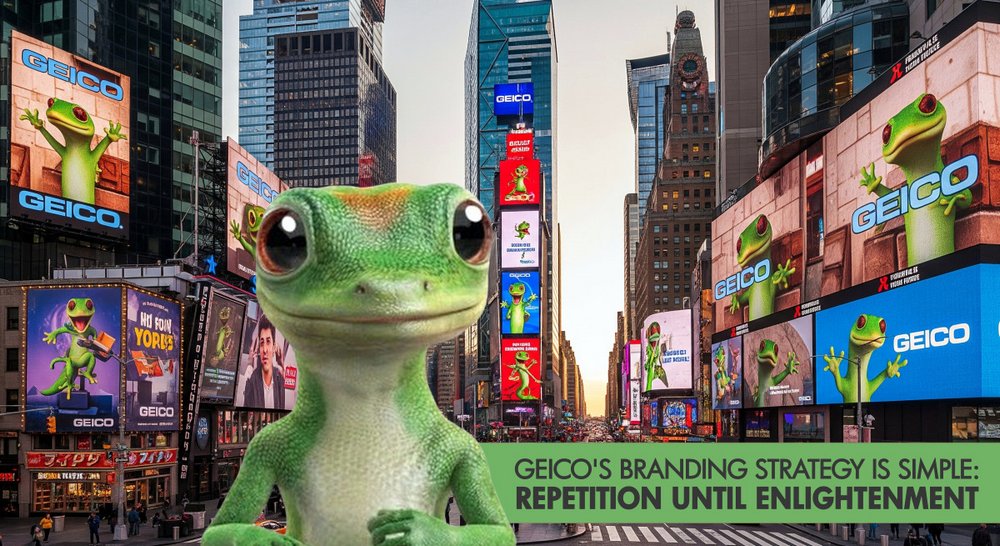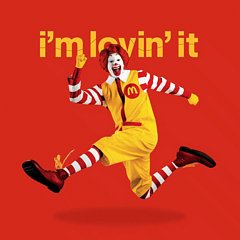 We romanticize transformation—new routines, cleaner diets, sharper habits. But in practice, change rarely arrives in cinematic sweeps. It comes in quieter forms: a switch from soda to water, a walk around the block, skipping the evening snack. Small choices. Easily overlooked. In aggregate, they shape us.
We romanticize transformation—new routines, cleaner diets, sharper habits. But in practice, change rarely arrives in cinematic sweeps. It comes in quieter forms: a switch from soda to water, a walk around the block, skipping the evening snack. Small choices. Easily overlooked. In aggregate, they shape us.
Trying to change everything at once—run daily, meditate, overhaul meals—is a recipe for burnout disguised as ambition. Better to start with one tweak, something frictionless enough to stick. Once it feels second nature, stack another. A short walk. A light dinner. A weekend without takeout. These shifts build momentum without demanding heroics.
Progress thrives on consistency, not spectacle. The goal isn’t an overhaul—it’s a steady tilt toward better. And in that tilt, you free up space: less guilt, fewer negotiations, more clarity. Change doesn’t have to be loud to matter.
Idea for Impact: Progress is rarely explosive. More often, it’s the quiet rebellion of small shifts against chaos—one glass of water, one walk around the block, one skipped snack at a time.

 We make thousands of decisions daily—what to wear, which email to answer first, whether to take the scenic route or stick to the main road. Most are low-stakes, but the act of choosing can sap mental energy. That’s
We make thousands of decisions daily—what to wear, which email to answer first, whether to take the scenic route or stick to the main road. Most are low-stakes, but the act of choosing can sap mental energy. That’s  In the glossy canon of business magazine profiles and business school leadership panels, few rituals are as misleading as the executive career interview. A high-powered figure is asked for wisdom, and what follows is a polished origin myth framed as mentorship—a display of survivorship bias wrapped in aspirational prose. Biography
In the glossy canon of business magazine profiles and business school leadership panels, few rituals are as misleading as the executive career interview. A high-powered figure is asked for wisdom, and what follows is a polished origin myth framed as mentorship—a display of survivorship bias wrapped in aspirational prose. Biography .jpg)
 BlaBlaCar’s deliberate decision not to expand into the United States underscores how cultural fault lines can impede the global flow of innovation. The French platform has
BlaBlaCar’s deliberate decision not to expand into the United States underscores how cultural fault lines can impede the global flow of innovation. The French platform has  If you’re a working professional with a family, your calendar probably feels
If you’re a working professional with a family, your calendar probably feels 
 McDonald’s has long leaned on
McDonald’s has long leaned on